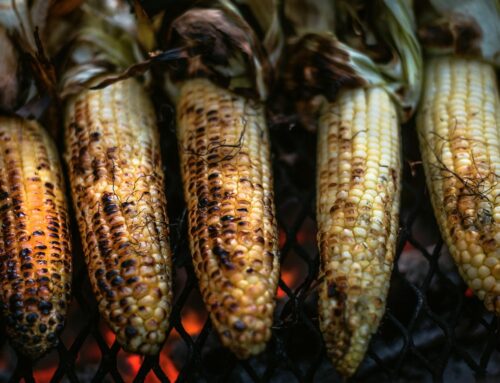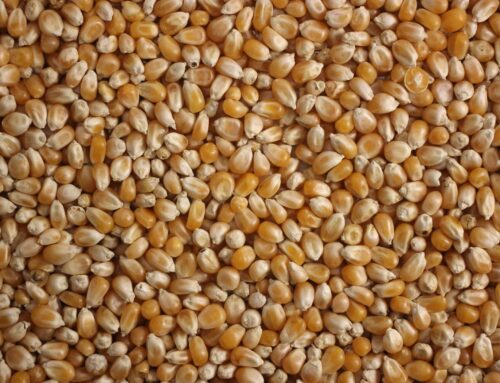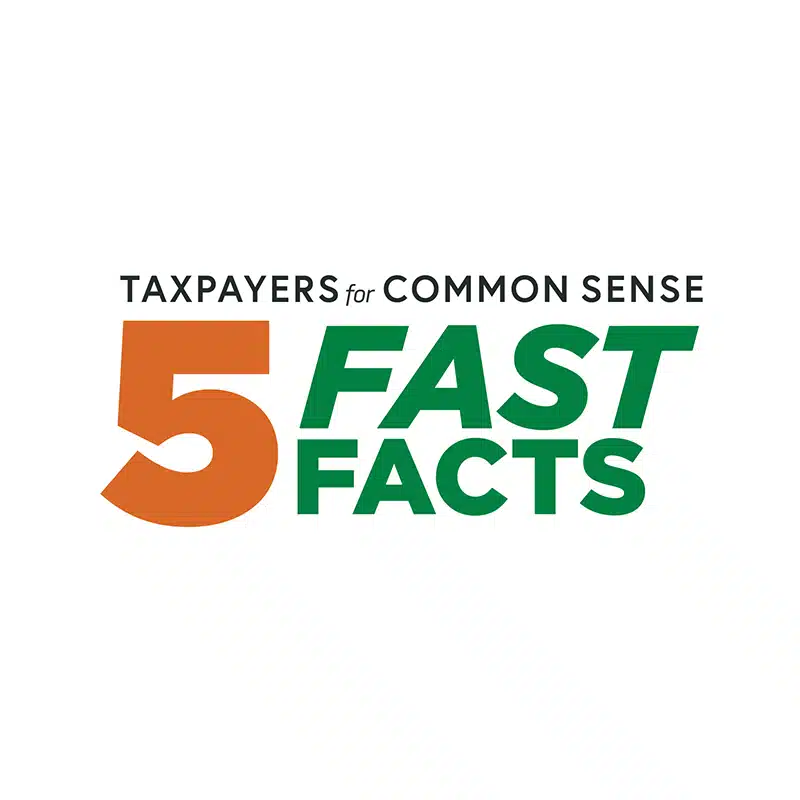Fixed Direct Payments, or ‘decoupled payments’, provide farmers with direct income unrelated to the market.1 Many argue that direct income support is integral for providing rural family farms with an adequate safety net. However, since fixed direct payments increase in direct proportion to crop acreages and yields, the majority of these payments never make it to the small family farmer. Instead they end up padding the ledgers of the largest, most profitable commercial farms that do not need government support.
How the Subsidy Works
Fixed DirectPayments are calculated using the following formula:2
Direct Payment crop type = (payment rate) crop type x (payment yield) crop type x ([Base acres] crop type x 0.85)
An individual can receive direct payments of up to $40,000 per person per crop year. Additionally, under the “three entity rule” the same individual can receive two additional payments annually (up to $20,000 a piece) from two other entities. The overall direct payment limit with the “three entity rule” is $80,000 per person, per year. Fixed direct payments are not loans and do not require repayment of any kind. The fiscal year 2004 estimate for the fixed direct payment program is $1.2 billion, with ten-year expenditures estimated at $9.5 billion.3
Subsidy Fails Small Family Farmers
In 2001, small, rural-residence farms accounted for 59 percent of all farm operations, but received only 11 percent of decoupled payments. Conversely, large, commercial farms accounted for only 10 percent of all U.S. farms in the same year, yet they received 45 percent of decoupled payments.4 Adding insult to injury, the average decoupled payment to large and commercial farms ($25,957) was 1,100 percent greater than the average payment to small farms ($2,259).
Policy Proposal
Fixed direct payments should be estimated based on a farmer’s financial need, not their base acreage or anticipated crop yields. Implementing this reform – and limiting the size of farms eligible to receive direct payments – would significantly reduce the taxpayer burden of this program and help level the economic playing field for the small family farm.
1. Producers are eligible for direct payments as long as the acreage for which they receive a payment is being used for approved ‘agricultural purposes’ including planting of any crop variety eligible to receive direct payments, leaving cropland fallow, or engaging in approved conservation programs for a given season ‘Agricultural use’ refers to cropland planted to an agricultural crop, used for haying or grazing, idled for weather-related reasons or natural disasters, or diverted from crop production to an approved cultural practice that prevents erosion or other degradation. Source: http://www.ers.usda.gov/Features/farmbill/2002glossary.htm#aguse.
2. Found at: http://www.ers.usda.gov/Features/farmbill/analysis/directpayments2002act.htm, Accessed November 12, 2002.
3. Congressional Budget Office, H.R. 2646: Farm Security and Rural Investment Act of 2002 – CBO Estimate of Budget Authority. May 3, 2002.










